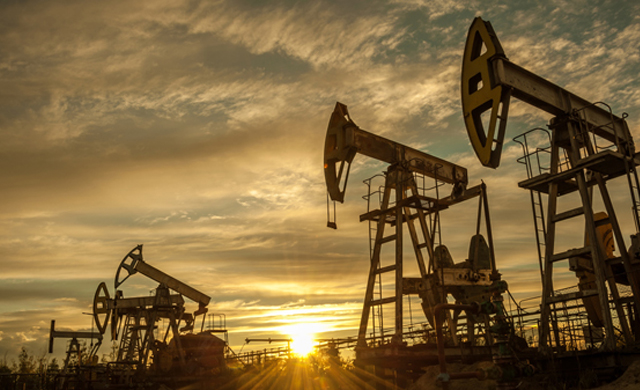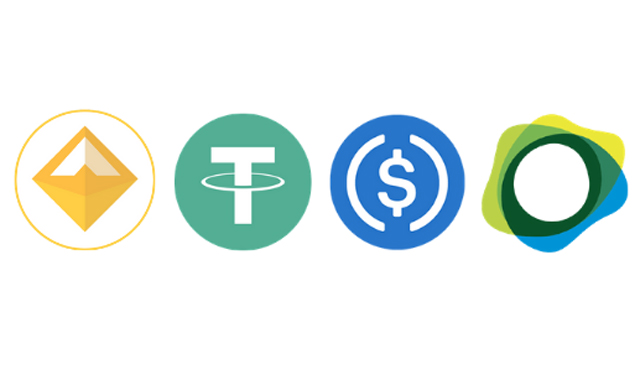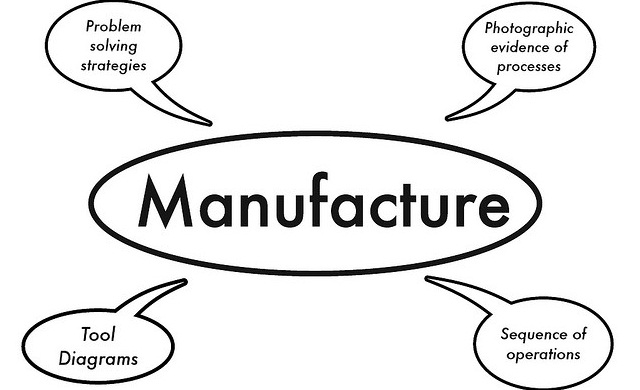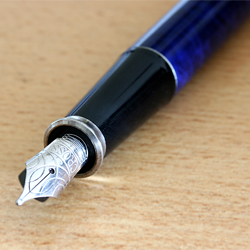In 33 out of the last 34 years the dividend has grown by 5% or more. Earnings per share have doubled over nine years.

| Pence per share | 2007 | 2008 | 2009 | 2010 | 2011 | 2012 | 2013 | 2014 | 2015 |
| Earnings | 26.87 | 38.92 | 38.43 | 40.97 | 30.67 | 42.98 | 11.28 | 46.22 | 51.99 |
| Dividend | 5.40 | 5.76 | 6.06 | 6.36 | 6.69 | 7.02 (plus 5p special) | 8.00 | 9.00 | 10p (plus special 3p) |
There are 8.5m shares divided as followed:
3.3m ordinary voting shares priced at 585p
5.2m non-voting ‘A’ shares priced at 440p
Giving a market capitalisation of £42m
Owner earnings analysis
Warren Buffett’s preferred method of analysis is to go back to basics and imagine that he is buying a private family business.
What would be of interest to shareholders?
The answer is the cash that can be taken out of the firm by shareholders in the future.
But, most businesses need to keep spending on capital items and additional working capital items (more inventory, receivables and cash floats) to maintain the economic franchise and to grow the size of the business.
Sure, they could skimp on machinery investment, marketing or R&D for a while, which will boost cash flow short term, but in the long run they must invest in these items in order for the firm to be a strong, or the strongest, competitor in the market place.
The difficulty comes for the analyst in trying to figure out how much capital item and WC expenditure is needed in a typical year to maintain the franchise and allow for business growth.
We do not have a hope of being precise here – we must use judgement, or informed guess work, if you prefer.
The first port of call is to look at the earnings after interest and tax deduction that the business has produced over a number of years.
Then for each year add back the non-cash deductions. For example, the accountants may have subtracted £1m for depreciation in a particular year. But this does not mean that £1m of cash flowed out of the business.
So, to the profits after tax and interest, we add non-cash items to move us closer to the amount that shareholders could have taken out of the business that year without harming the quality of the economic franchise or the unit volume (or growth in unit volume).
Having added back the sum for the depreciation of tangible items and the sum for the amortisation of intangibles, and other non-cash items in the P&L, we now need to allow for cash outflows on buying replacement and growth-focused capital items such as new machine tools. We also need to deduct additional investment WC items.
For Warren’s owner earnings these deductions are what is ‘needed’ to maintain the franchise rather than what the company actually spent in a particular year.
However we only have the facts of what they actually spent. So we start with those numbers and then make some assumptions to estimate what the company needs to spend in the future.
Remember: it is future cash that flows to shareholders (when discounted) that we are interested in, because we are buying a share now in anticipation of what cash flow we can expect in the future.
The past owner earnings are only relevant in the sense that they allow us to estimate the future owner earnings – they do not enter the intrinsic value calculation.
| £m YEAR | 2004 | 2005 | 2006 | 2007 | 2008 |
| Profit after interest and tax deduction | 2.20 | 2.23 | 2.31 | 2.64 | 3.44 |
| Add back non-cash items such as depreciation, goodwill and amortisation | 0.73 | 0.60 | 0.46 | 0.56 | 0.59 |
| Totals to: Amount available for distribution to shareholders before considering the need to spend on fixed capital items and working capital items to maintain the company’s economic franchise, unit volume and invest in positive NPV projects.
|
2.93 | 2.83 | 2.77 | 3.20 | 4.03 |
| Deduct fixed capital and working capital investment. (The figures shown are actual expenditures and are therefore a rough proxy for the ‘needed’ expenditures to maintain franchise, etc.)
|
-0.59 | -0.16 | -0.50 | -0.94 | -1.1 |
| Owner earnings | 2.34 | 2.67 | 2.27 | 2.26 | 2.93 |
| £m YEAR | 2009 | 2010 | 2011 | 2012 | 2013 |
| Profit after interest and tax deduction | 3.27 | 3.50 | 2.90 | 3.75 | 1.30 |
| Add back non-cash items such as depreciation, goodwill and amortisation
|
0.58 | 0.70 | 1.31 | 0.88 | 2.50 |
| Totals to: Amount available for distribution to shareholders before considering the need to spend on fixed capital items and working capital items to maintain the company’s economic franchise, unit volume and invest in positive NPV projects.
|
3.85 | 4.20 | 4.21 | 4.63 | 3.80 |
| Deduct fixed capital and working capital investment. (The figures shown are actual expenditures and are therefore a rough proxy for the ‘needed’ expenditures to maintain franchise, etc.)
|
-0.4 | -0.64 | -0.48 | -1.50 | -0.60 |
| Owner earnings | 3.45 | 3.56 | 3.73 | 3.13 | 3.20 |
| £m YEAR | 2014 | 2015 |
| Profit after interest and tax deduction (excluding gains on property) | 3.95 | 4.11 |
| Add back non-cash items such as depreciation, goodwill and amortisation | 1.19 | 0.99 |
| Totals to: Amount available for distribution to shareholders before considering the need to spend on fixed capital items and working capital items to maintain the company’s economic franchise, unit volume and invest in positive NPV projects.
|
5.14 | 5.10 |
| Deduct fixed capital and working capital investment. (The figures shown are actual expenditures and are therefore a rough proxy for the ‘needed’ expenditures to maintain franchise, etc.)
|
-1.05 | -0.95 |
| Owner earnings | 4.09 | 4.15 |
To estimate intrinsic value we could assume that the company has reached a level of owner earnings of around £4m per year. This is money that could be paid out to shareholders without damaging the economic franchise.
We could make the analysis a little more sophisticated by…….. To read the rest of this article, and more like it, subscribe to my premium newsletter Deep Value Shares – click here http://newsletters.advfn.com/deepvalueshares/subscribe-1.


 Hot Features
Hot Features













